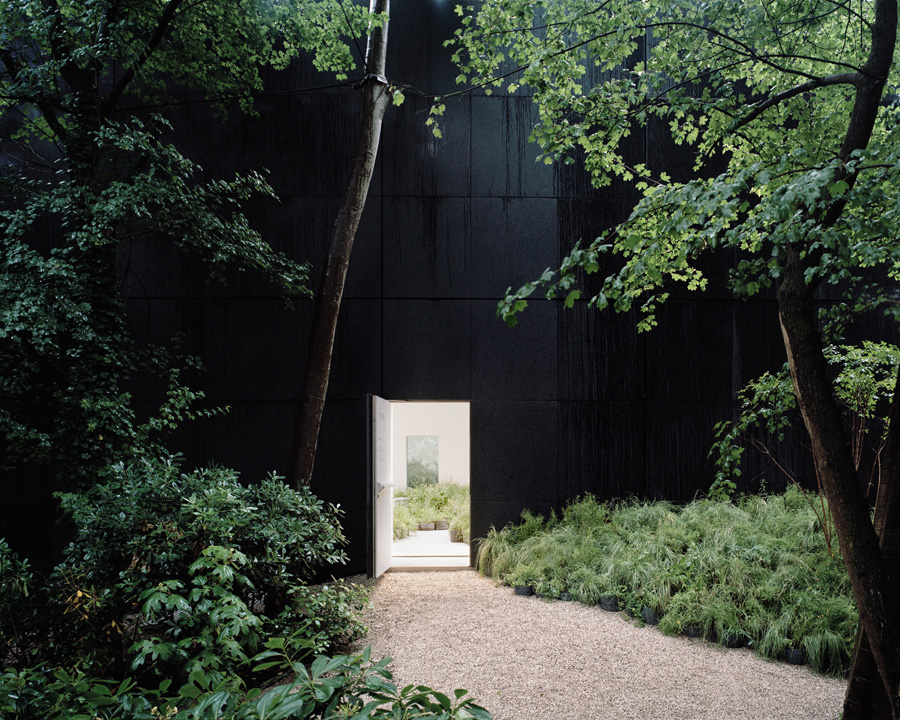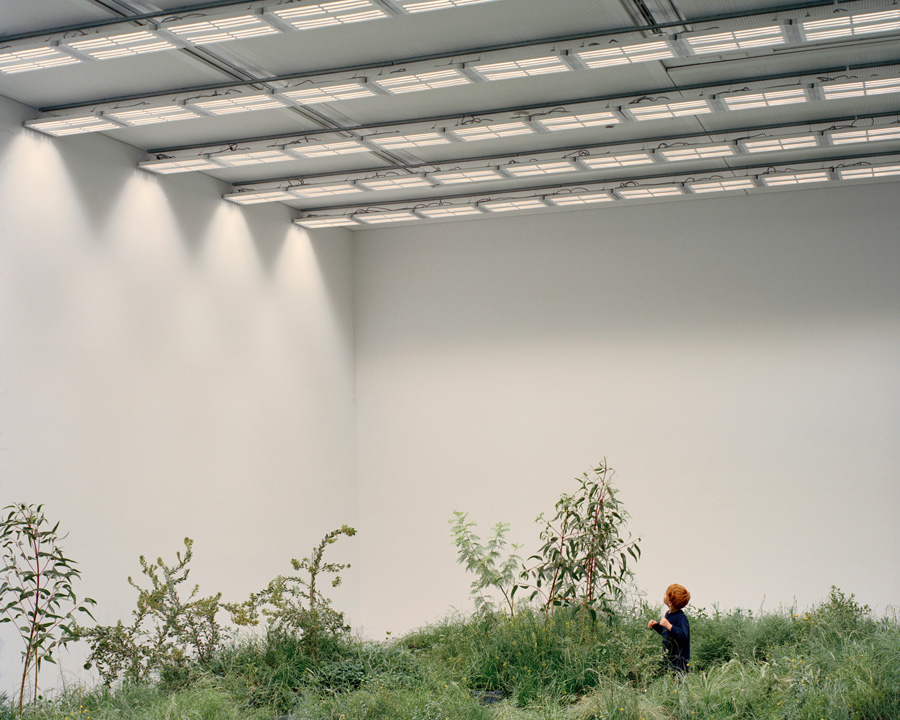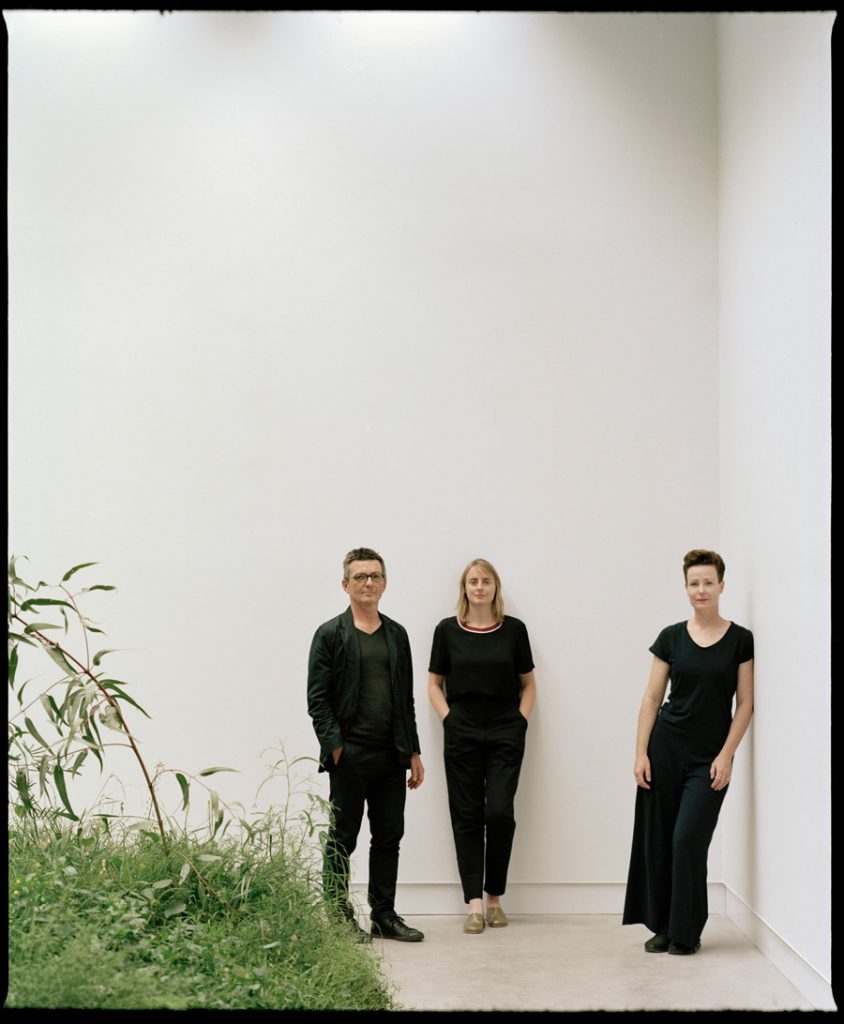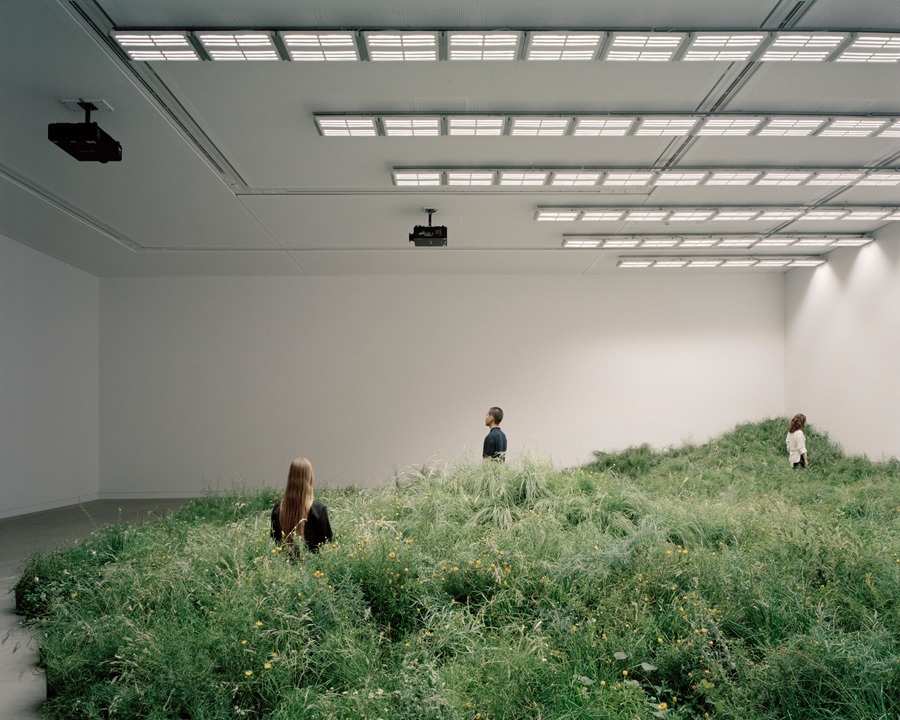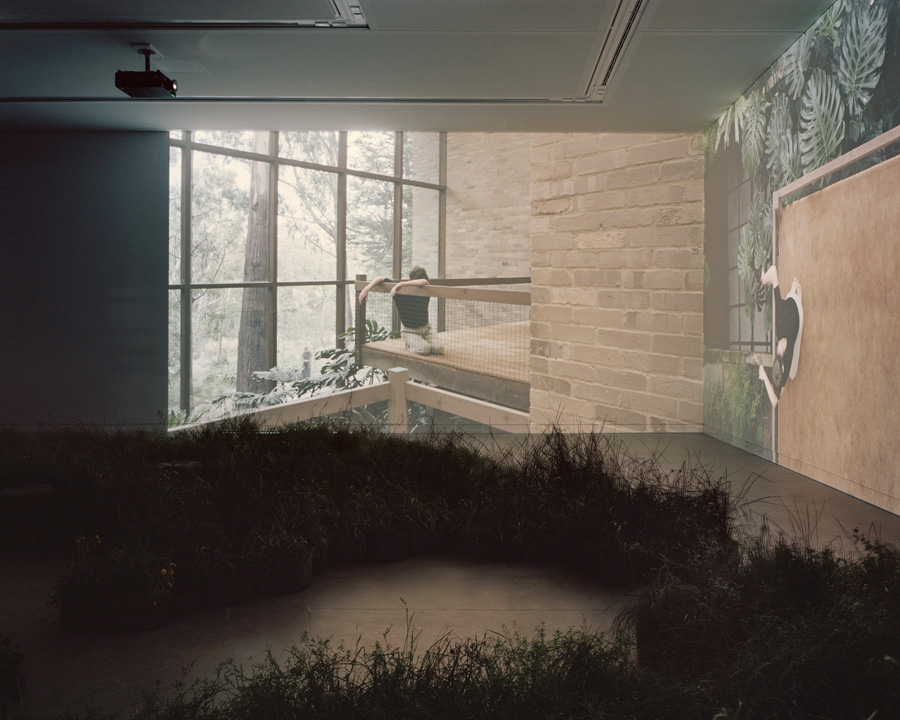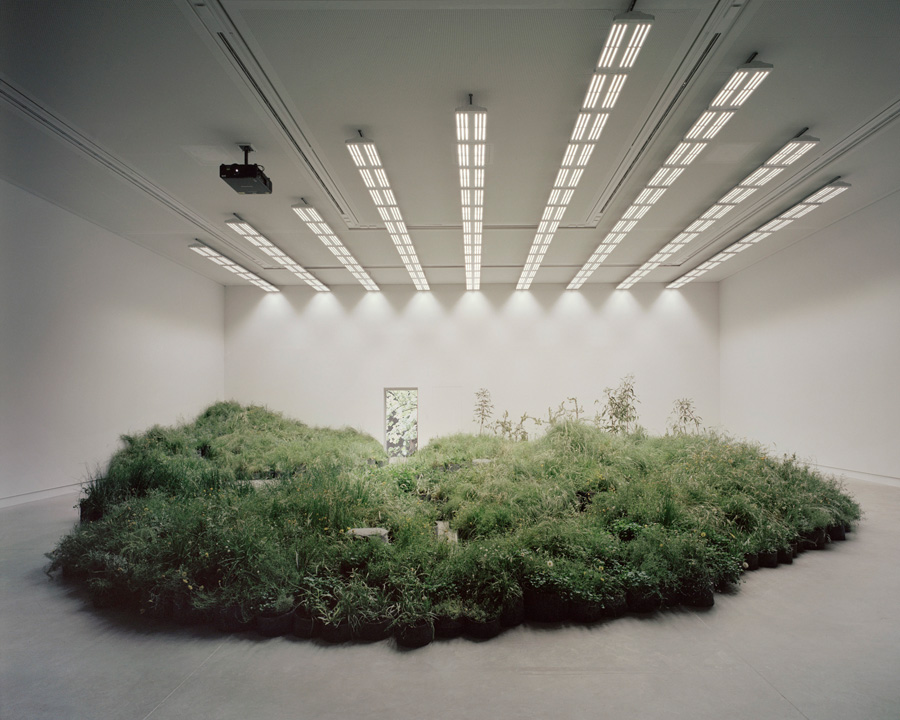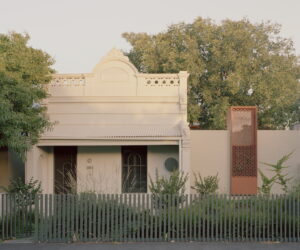Australia’s verdant display at the Venice Architecture Biennale revealed
Australia’s contribution to the world’s most influential collection of architecture and contemporary art has been revealed in Italy today at the 2018 Venice Architecture Biennale.
Over 200 leading names in architecture and design gathered at the official opening of the Australian Pavilion to take in a tour of vast greenery and light before it opens to the public this Sunday 26 May.
Presented by the Australian Institute of Architects, this year’s exhibition, Repair, by Melbourne architects Baracco+Wright (Louise Wright and Mauro Baracco) and collaborating artist Linda Tegg will make a powerful sociological statement to a global audience.
On entering the Pavilion, visitors will find over 10 000 native Australian grassland plants arranged inside and outside of the Pavilion’s granite structure. This field of vegetation, titled Grasslands, will allow visitors to enter a physical dialogue between architecture and the endangered plant community – with just one per cent of these threatened species left in their native Australian environment.
The Pavilion will focus on architecture that integrates built and natural systems to affect repair of the environment, and in so doing, mend or improve other societal, economic and cultural conditions. On their bid to demonstrate what is at stake when we occupy land, Mauro Baracco said: “ What was particularly important in conceiving of and executing this project, was the notion of taking care and taking one’s time,” Baracco explains. “This was deliberately not a short process; from the seeding of these plants eight months ago in Sanremo, nurturing them to life, and ultimately realising the installation in Venice, we wanted to demonstrate that by showcasing a deep sense of care in our process – and by being mindful of the land we occupy as architects – we could hopefully invite our profession (and the broader public) to think about the opportunity that lies in doing so also.”
This ambitious feat features a further two components including Skylight – a custom designed lighting installation that simulates the sun’s 24-hour energy cycle and sustains the plants inside the Pavilion – which is based on Australian time and sun patterns.
Skylight is complemented by Ground – a video series projected on 5 x 8-metre screens inside the Pavilion. It will showcase 15 architectural projects selected by the Australian Pavilion’s creative team that unpack diverse iterations of repair including The Globe (m3architecture with Brian Hooper Architect, Brisbane), the transformation of a historic building to strengthen and add to the urban form of a rural town in Queensland and Featherston House (Robin Boyd, Melbourne), a seminal Australian work that distills an approach and awareness of the ground plane further demonstrating the country’s collective consciousness of the issue.
Commissioner of the Australian Exhibition, Janet Holmes à Court said: “The Venice Biennale provides us, as a country, with the opportunity to showcase Australia’s world class architectural talent on a truly global stage. This year’s Pavilion — as envisaged by our creative team — has asked us to consider some deeply important questions facing our community. It is my hope that our Pavilion kick-starts a discussion that begins here in Venice, but that permeates globally.”
Seventy-one countries will feature in the 2018 event with more than 600 000 visitors expected over the next six months. This will be the seventh presented by the Australian Institute of Architects at the Architecture Biennale and only the second exhibition to feature in the Denton Corker Marshall designed Pavilion which was opened by Cate Blanchett in 2015. The building is the only Pavilion built in the 20th century in the Giardini. It replaced Philip Cox’s temporary structure that Australia had been using since 1988.
We had the pleasure of interviewing Mauro Baracco, Louise Wright and Linda Tegg as they prepared to cut the ribbon. This is what they had to say:
The lead up to this year’s Biennale must have involved a certain level of timing considering you are working with plants, has all gone to plan so far?
LW: It has been dynamic, it has been wonderful working with plants every day – a lot of caring making sure everyone has had a drink, and plenty of sun. We already have some resident lizards and frogs so it seems we have created a good environment.
How has the space been designed for movement?
LT: It’s immersive, there is not one key view for advantage. In terms of focal points, while we might see a part of the grasslands that visually interesting now, it’s difficult to know what might become more heightened over time.
Other than the plants, the projection of videos of the 15 Australian projects will highlight the work of architecture and repair. Was it a difficult task finding enough projects that addressed these issues?
LW: No, we had over 100 submissions. We were really humbled by the response, there were many that had put a lot of care into their submissions. We had an idea but we received a lot of wider ideas and we responded to that and reframed repair – we started with a very singular idea of environmental repair and then we received the submissions and environment was at the centre but it went hand in hand with other types of repair – urban design, social repair, cultural repair, even economic stimulation. But we always made sure that the first idea was always there by making people focus on the land.
MB: You know one of the statements from the curators, Yvonne Farrell and Shelley McNamara, when they launched the theme, Freespace – they said it is about the generosity of space, it’s about public space to be enjoyed by people, they were saying that it’s also about also considering the earth as a client. So we thought it was fitting very well with this idea of asking architects and landscape architects to really reflect on the fact that every time they have to design something, by default they occupy land. And so this exhibition is really trying to say that damage has been done all over the world, but obviously more so in Australia which has a very low density and therefore lots of occupation of the earth. We decided that it was time to provoke this type of reflection and conversation. And so the relationship with the natural environment, with the ground, with the nature that is around us in some of the projects its more evident than others, but in some the relationship between the open space and the built space is less apparent yet it might trigger the type of repair that Louise is talking about: cultural repair, some focus on Indigenous culture and economic and social repair.
What do you hope visitors will experience and take away from the pavilion?
LW: It’s kind of a provocation, the way of thinking about architecture, the grassland is asking you to reconsider the ground we occupy, and so to rethink how you might approach architecture by thinking about what’s displaced by architecture.
LT: I hope also that by seeing the space that we have created for these plants and by the issues of repair that we and the attendants are giving them that maybe an audience will see the plants differently in future, that there might be a sense of value where there hasn’t been necessarily for all in the past.
MB: It’s interesting to see the mostly Europeans that have come so far to look while we have been building, they think it’s beautiful, but then when you tell them the story that there is only one per cent left of this species and then about how we came with the seeds almost one year ago to propagate them and plant them, they are amazed and also shocked by the devastation that has occurred in 130 years. They realise that it’s really worthwhile to talk about.
The Venice Architecture Biennale runs from May 26 to November 25.
